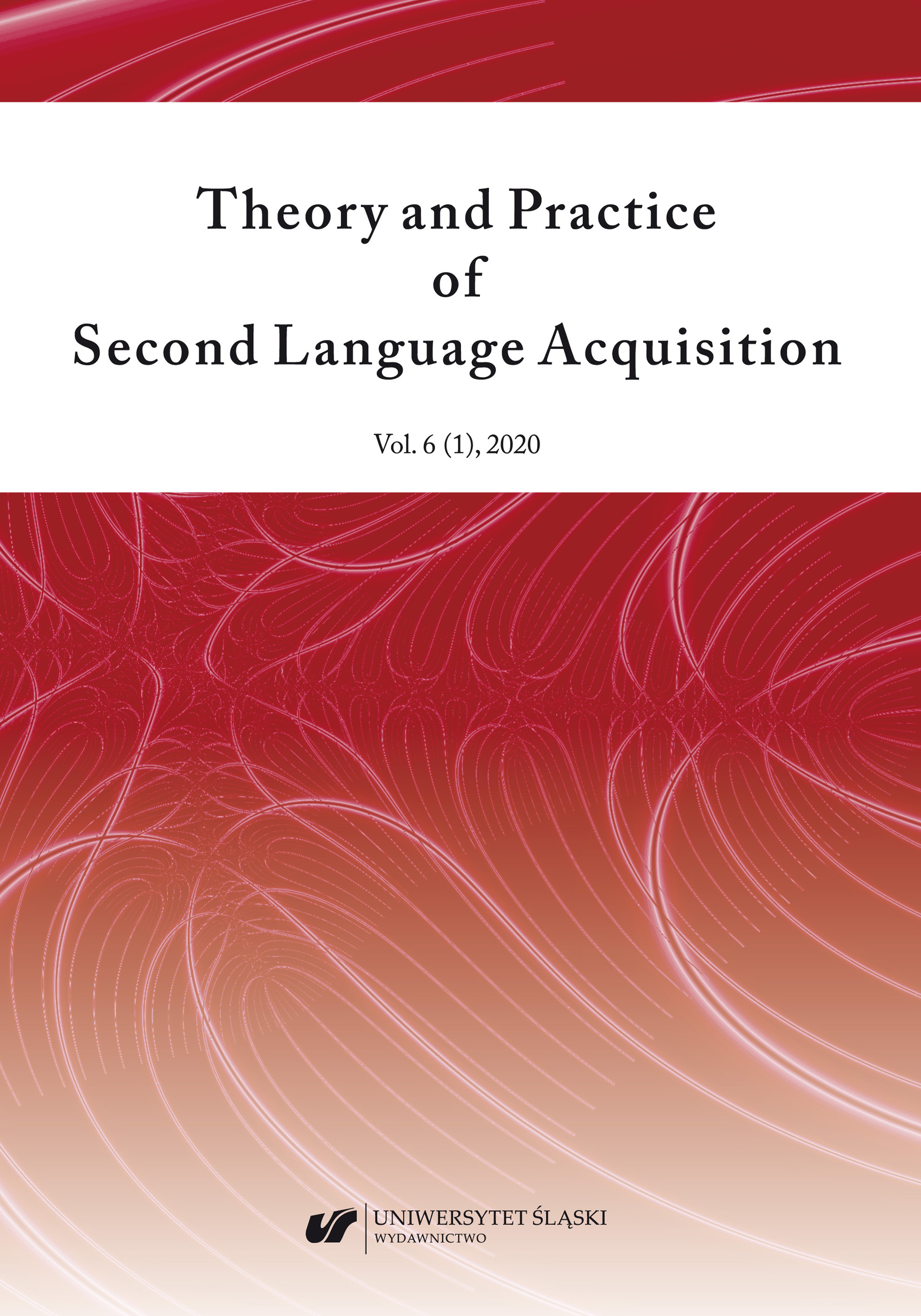Variations in Child-Child and Child-Adult Interactions – A Study of Communication Strategies in L3 (Spanish)
Variations in Child-Child and Child-Adult Interactions – A Study of Communication Strategies in L3 (Spanish)
Author(s): Dominika DzikSubject(s): Language studies, Foreign languages learning, Theoretical Linguistics, Applied Linguistics, Language acquisition, Theory of Communication
Published by: Wydawnictwo Uniwersytetu Śląskiego
Keywords: child-child interaction; communication strategies; cross-linguistic influence; L3 learning
Summary/Abstract: The aim of the present study is to investigate communication strategies used by twenty upper-primary school students in two types of interactions in Spanish. In the first phase of the study, students were paired with level and aged matching peers. Their task was to describe how to get to a particular place of the city located on a given map. During the second part of the study, they conducted short interviews with Spanish native speakers. Those two types of interactions were recorded and then transcribed in order to find out what communication strategies were most commonly used by participants. The results clearly show that, even though participants were beginner learners of Spanish, they managed to successfully convey the message with the help of a wide array of communication strategies. Depending on the dyad students worked in, they displayed a variety of actions and behaviours that enabled them to interact in those pairs. The most conspicuous differences were observed in terms of appeals for help and switches to English (L2) and Polish (L1).
Journal: Theory and Practice of Second Language Acquisition
- Issue Year: 1/2020
- Issue No: 6
- Page Range: 31-49
- Page Count: 19
- Language: English

